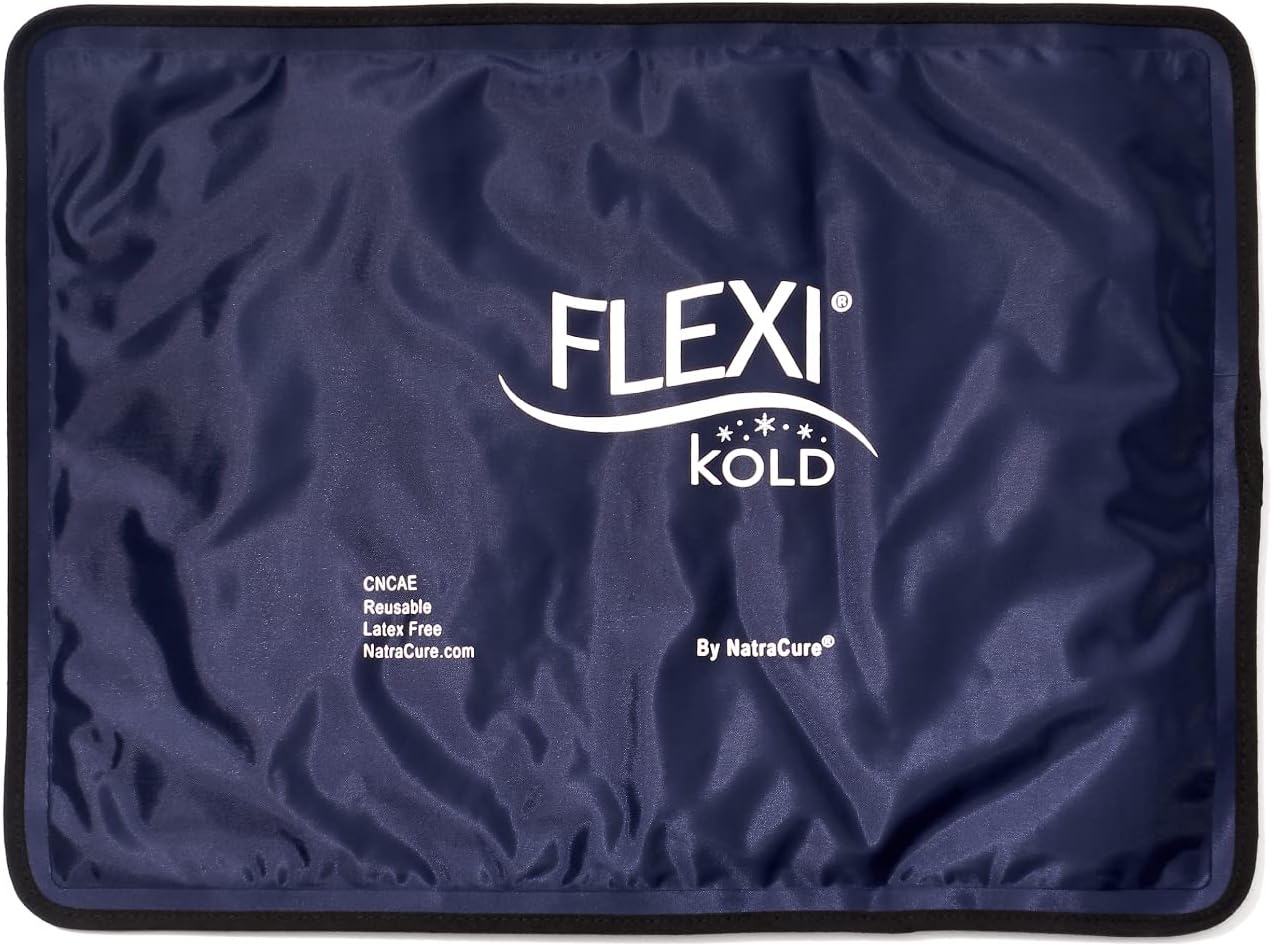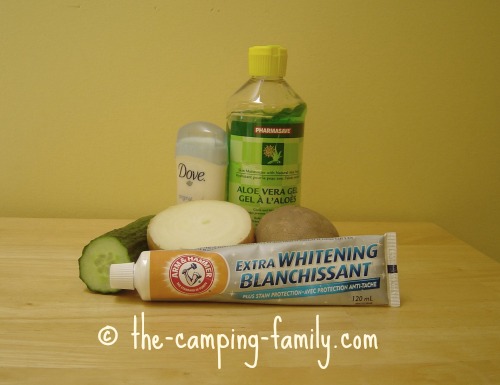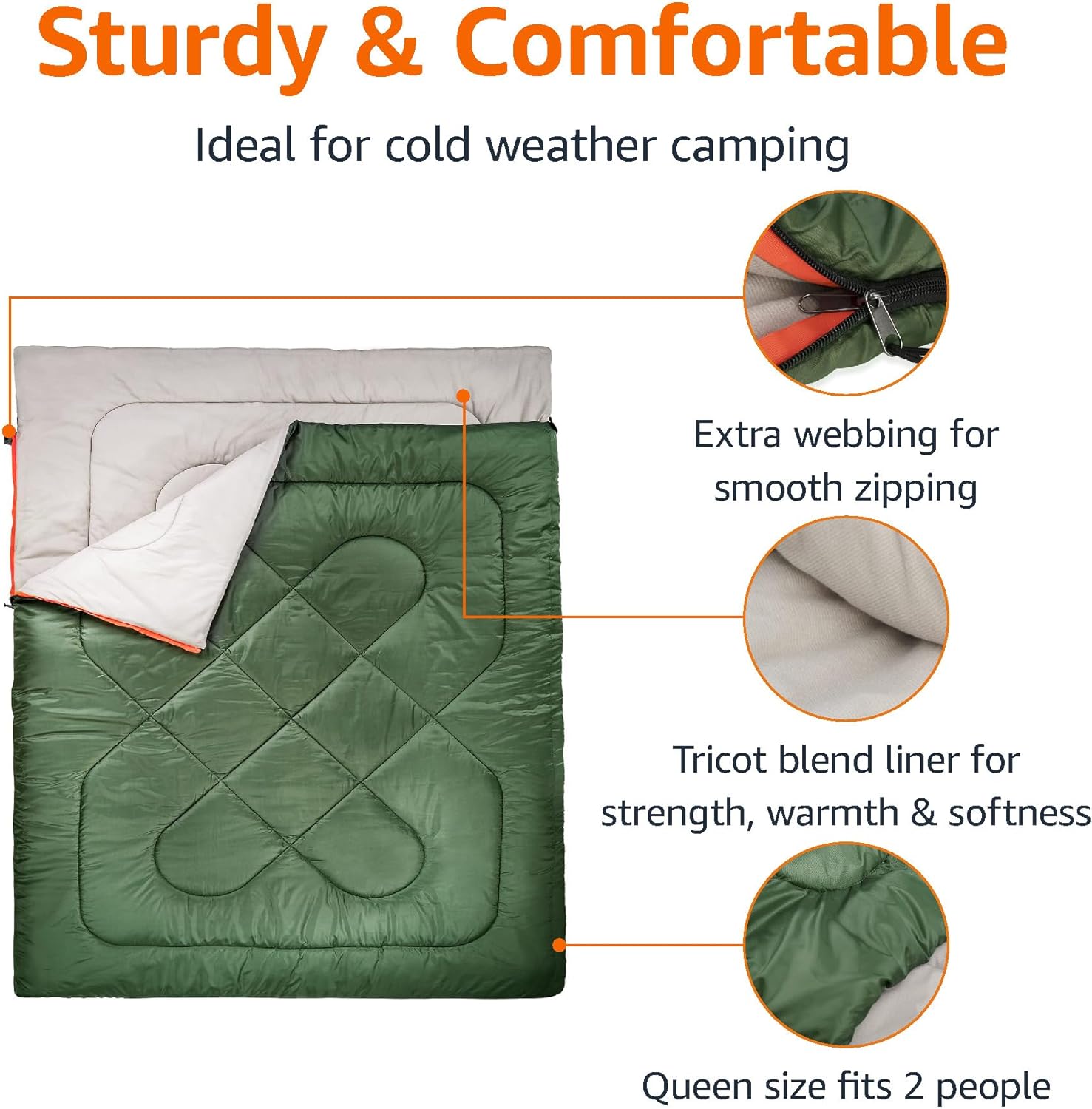How To Treat Wasp Sting
I hope that you will never need to know how to treat wasp sting! Being stung by a wasp or bee is no fun!
Bee and wasp stings are intended to hurt - and they do! The insect is defending itself or its nest in the only way it can.
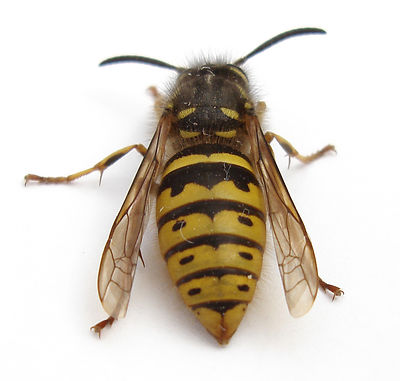
For most of us...
Wasp Sting Treatment
Stings are easily dealt with.
Most wasp and bee stings range from mildly annoying to very painful.
Wasp sting treatment involves merely soothing the pain and preventing infection.
For those are allergic...
Stings can be more serious. They can range from mildly annoying to (very rarely) fatal.
How To Treat Wasp Sting
Symptoms of an allergic reaction
Mild
- redness and swelling over a large area (say, from the wrist to the elbow)
- intense itching and pain
Severe
- respiratory distress (difficulty breathing)
- sweating
- hives
- intense itching and pain
- nausea
- faintness
- shock
Have you ever had an allergic reaction to a wasp or bee sting?
Go and tell your doctor about it right now!
Your doctor will have specific instructions for wasp sting first aid.
He or she may recommend that you carry an Epipen - or even that you have venom desensitizing injections every month during wasp and bee season.
Your doctor will also be able to reassure you that the chances of having an life-threatening reaction are slim.
Wasp Sting Treatment
You can take some simple precautions to reduce the chance of getting stung, but if worse comes to worst and you do get a sting, here's what to do.
If you know that you are allergic
Don't panic
Even if you have had a previous allergic reaction, there is a good chance (about 45%) that your reaction this time will be less severe than last time - especially if the last one happened a long time ago.
Follow your doctor's instructions
Your doctor will have told you what to do. Follow those directions and use your Epipen right away - even if you have no immediate symptoms.
Seek medical attention immediately
Even if you feel fine, go and get checked out.
If you have an allergic reaction for the first time
Stay calm
An allergic reaction can be scary. You may be tempted to panic. Don't!
The vast majority of people who have an allergy will not have an anaphylactic reaction.
Seek emergency medical attention immediately
Even if your symptoms are mild, get to an emergency room or clinic right away.
Everyone else
Put ice on the sting
Putting an ice pack or cold pack on the area will help to reduce pain and swelling.
You can purchase the reusable FlixiKold Ice Pack at Amazon HERE.
How To Treat Wasp Sting
Check for a stinger
Wasps do not leave their stingers behind, so if you are positive it was a wasp and not a bee, you can skip this step.
If you are stung by a bee, the stinger may still be in the wound.
Remove it by scraping gently with a fingernail or credit card. Don't use tweezers, which can force more poison into the wound.
Wash the area around the sting
Use soap and water. This is a tiny open wound, after all!
Cover it with a bandage
You want to keep the wound clean to prevent infection.
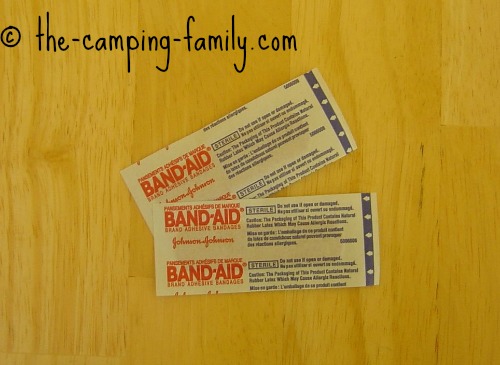
Watch for signs of an allergic reaction
If you have any of the symptoms listed above, seek medical attention at once.
Use distraction
Some wasp or bee stings can really hurt!
Focusing on the pain will only make it feel worse. Do something that requires your attention.
Consider using "Sting Kill" swabs
This product contains Benzocaine, and promises "fast temporary relief of pain and itching due to bee stings, insect bites and jellyfish". I haven't tried it myself, but it gets very enthusiastic reviews on Amazon.
You can read about it on Amazon here, and decide if this is something you want to try.
Use pain medication as necessary
If the pain continues to be severe, you may choose to use ibuprofen. Normally 600mg ibuprofen is enough, but you can also combine it with 1000mg acetaminophen (Tylenol - or paracetamol) for a stronger effect.
If pain continues for more than 24 hours, seek medical attention.
Wasp Sting Treatment
- Neutralizing the venom
You may have read that you should dilute and neutralize the venom to decrease your body's reaction.
Wasp venom is alkaline
According to this wasp sting first aid theory, bathing a wasp sting wound with lemon juice or vinegar should be helpful.
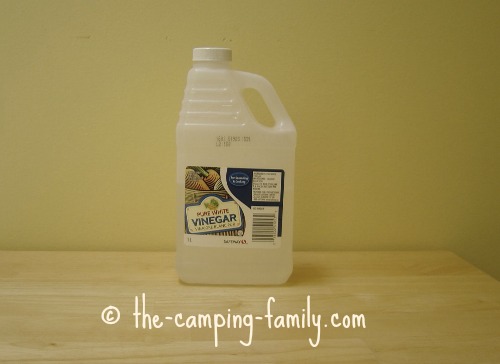
Bee venom is acidic
Bathing a bee sting with a paste of baking soda and water may neutralize the acid.
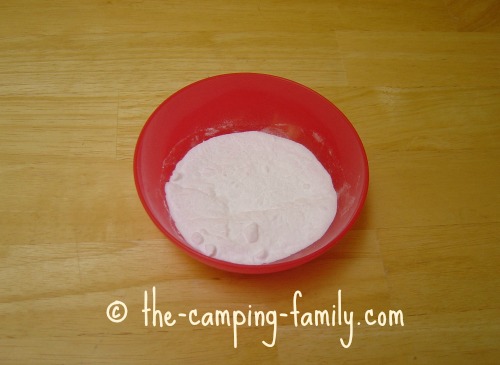
Does it work?
I haven't been able to find any scientific evidence to support these folk remedies.
When you think about it, they don't really make sense.
Once the venom has been injected under the skin and has spread through the tissues, pouring a liquid over the surface of the wound is not going to neutralize anything.
However, many people swear by this method - and it even appears in some respected first aid manuals!
Perhaps it works - or perhaps just having something to do distracts you from the pain and makes you think that it works. Either way, it can't hurt to try!
Home remedies for wasp and bee stings
Any of these items applied to the sting is said to be soothing.
- aloe vera gel - or direct from the plant!
- cucumber
- deodorant
- mint leaves
- mud
- oil of lavender
- olive oil
- onion
- potato
- toothpaste
Once again, I haven't found any evidence that any of them works - but once again, they can't hurt!
Perhaps it is just the gentle pressure as the remedy is rubbed on the skin that does the trick.
An important element of wasp sting first aid is distracting the patients from their fear and pain. Even if they do nothing else, home remedies can be effective distractors.
What about multiple stings?
What if you are unlucky enough to step on a nest of wasps or bees?
Even if you are not allergic to bee and wasp stings, multiple stings can cause "toxin load".
Symptoms of toxin load
- fever
- fatigue
- headache
- nausea
These symptoms may appear anytime in the first 24 hours following the stings.
They are not a sign of an allergic reaction and are not an emergency in themselves.
First aid for toxin load
Take it easy
Sit down. Rest. You've had a shock!
Stay hydrated
Drink lots of water.
Stay cool
Sit in the shade - but don't allow yourself to get cold.
Take pain relievers if necessary
Be alert for signs of an allergic reaction
If you experience symptoms of an allergic reaction, get medical attention immediately.
Now that you know about how to treat wasp sting, click here to learn more about camping safety.
Are you planning a camping trip? Remember to visit The Camping Family home page for lots of helpful tips and ideas.
Most Popular
Product of the Month
Amazon Basics 40°F Cool Weather Two-Person Sleeping Bag
Cool weather is here!
CLICK HERE for more information and best price
Recent Articles
-
Short Campfire Ghost Stories To Give You Goosebumps!
Nov 13, 25 10:06 AM
Delight your family at your next campfire by telling these not-too-scary short campfire ghost stories for kids. -
Best Camping Sites in the Loire Valley France
Nov 05, 25 04:06 AM
Find out which are the best camping sites in the Loire Valley in France. Which sites have the best facilities and near local attractions? -
Camping Sites Near Paris France - Which One Should You Choose?
Nov 05, 25 03:48 AM
Find out which camping sites near Paris France are the best, and discover the camp sites near Paris to avoid!

